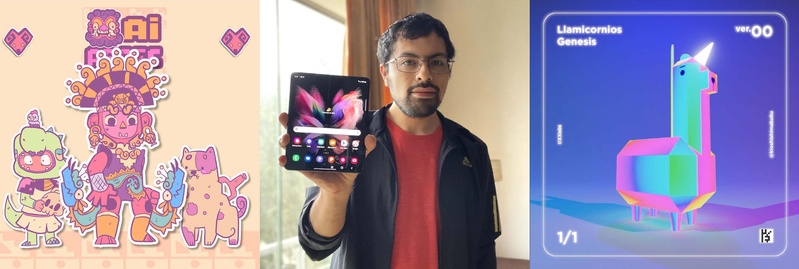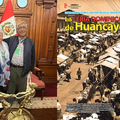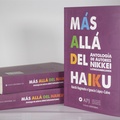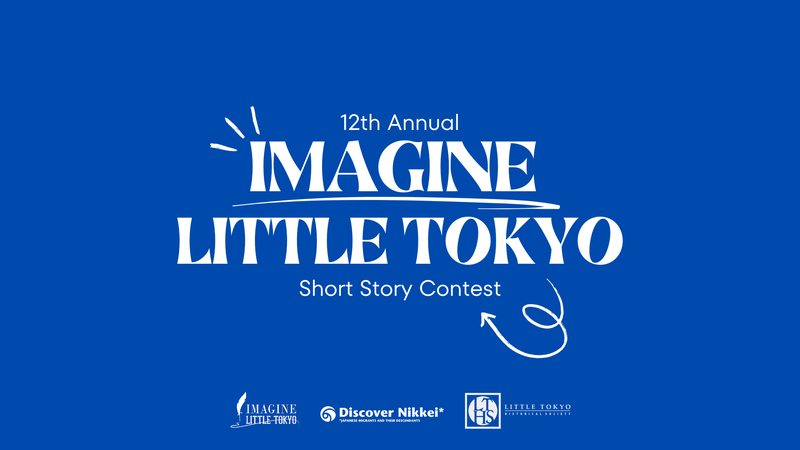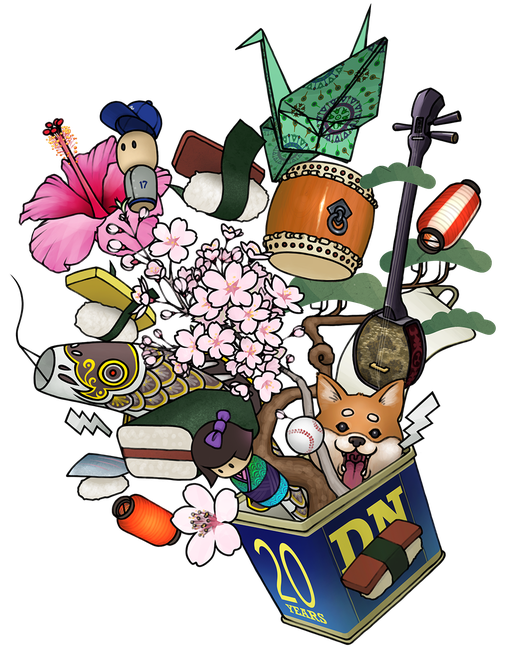Technology has been the reason for great advances in humanity and, in recent years, digital tools have become an engine of change in many areas. This inspiring capacity has infected many people for several decades, including some Nikkei who have developed their careers based on these advances, which today include smartphones, virtual stores and video games, among other useful and revolutionary products.
In Peru, the first news of technological inventions came through the press, TV and radio, but, since the late 1990s and early 2000s, the widespread use of the Internet and the appearance of blogs, free spaces for the dissemination of content freely. One of the first bloggers was Arturo Goga , who in 2006 began a career in the nascent technology journalism in Peru. Along with him, other journalists have specialized in this field in the press, TV, radio and other alternative spaces.
When Alberto Nishiyama started studying communication, the iPhone had just been invented. In his third year of college, he joined RPP Noticias, the most influential radio station in the country, as an intern and one of his first assignments was to write about technology, something that was not very common in local journalism, which mixed that content with that of science in small spaces. “There has been a bad perception of technology notes in the press, confusing them with advertising. But it's about informing, not just spreading the word when they pay you,” says Alberto.
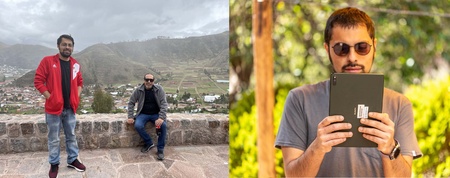
Since he was a child he was interested in technology, he remembers that his first computers were an Acer and a Compaq, on which he played “Age of Empires” and “Starcraft”, in addition to having his Play Station without knowing that one of his tasks was going to be to review video games. “With the FTAs with the United States and China there was more scope for technology brands. Before it was very difficult to have a cutting-edge product, now it is possible to receive them and have them for a while to do tests.”
Playing with technology
Alberto says that he uses speakers integrated into his Wi-Fi network to control them in any room of his house, a big leap from when he was a child and had a Technics sound system with amplifiers at home. His family has always been linked to the technology business through photography.
“The Nishiyamas go to Cusco between their forties and fifties and set up their photography studio there. “My great-uncle Eulogio made the first film in Quechua and my grandfather was a great photographer, something that has been inherited in the family.”
Now, technology, through digital cameras and cell phones, has displaced this area and Alberto is one of the journalists who is always aware of new developments such as flexible screen cell phones. At RPP he writes the blog “ PC Gaming ”, which has helped him attend some of the most important video game events such as BlizzCon.
“I was there twice and there I understood the scale of this industry that is bigger than that of cinema or music, but that is sometimes underestimated because it is believed that only children play, when professional gamers are around 30 years old.”
In addition to the blog, as deputy editor of technology and video games at RPP, he works with international sources, contacting brands to bring new content and make his own agenda, in addition to big launches. “I was in China to see Huawei and in Korea for Samsung. Now all technology is global, in Peru, for example, there is a brand that makes windshields for Tesla. I think it is positive that the world has opened up to collaborate with global production chains, it is something we can do from here.”
Creating video games
Satoshi Waku Campos is 23 years old and remembers that as a child he had a heavy laptop with a ball mouse. On that computer came retro games, Pac-Man and Castlemania, they are the first games used by this systems engineer whose video game “ Ai Apaec ” was awarded in the “Best accessible design” category, achieving third place overall in the international Cultural contest. Heritage Game Jam 2021. Satoshi lives in Trujillo, in La Libertad, where there is valuable pre-Columbian cultural heritage.
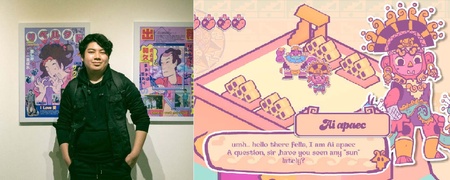
It was from the Moche culture that Satoshi was inspired to make this video game that is based on an adventure: recovering the sun that has been kidnapped in the depths of the ocean. He studied at the Antenor Orrego Private University, UPAO, and since he began his degree he participated in video game development events (or hackathons). “I have always liked to create, from drawing and making things with clay or blocks. On the laptop I started doodling with Paint.”
He says that he was always clear that he would work with technology, but at the beginning art seemed to have no place, until he began to participate in these events in which he sought to create a product or prototype to solve a problem: equality, education, health, among others. others. “I saw that it was not just about using technology, it was about helping people and I focused on the field of video game development.” Digital illustration and accessible design are key parts, but for Satoshi it's about telling a story.
Freelance creators
Satoshi Waku says that much of what he knows about video game development he learned self-taught, but that at university they allowed him to expand his network with other creators, creating a community for video game development. “The objective was to teach programming in the first cycles in a more fun way. Our community lasted a year and had a good reach,” says Satoshi, who believes that technology and video games have more to offer than many people think.
The pandemic and quarantine were a fortuitous scenario for him, since virtuality helped expand his interconnection options, also allowing him to participate in the 5th Nikkei Young Art Salon in Lima without leaving his city. There he presented a series of digital illustrations in which lettering, comics and cyberpunk converge in pastel tones, with a more modern discourse where Peruvian and Japanese merge with English to tell the dekasegi phenomenon with some irony.
Currently, Satoshi works in a company that develops video games and believes that there is increasing acceptance of these platforms. “It is no longer seen just as fun, it helps us overcome tense moments and offers us useful tools. Many of them are free.” He believes that Peru could take advantage of this technology to keep up with an industry that has no limits. “Video games are useful for cultural organizations to transmit their content.”
Video games at the center
In 2021, the graphic designer Kioshi Shimabuku presented a virtual cultural center which he called Link Island Gallery , the first made in Peru and designed with the video game Minecraft, which consists of creating worlds using blocks with a three-dimensional appearance that gives a lot of freedom to the user. user, in addition to having a panoramic view of the place you design. At the beginning, you start with stone blocks, earth and logs, but as you go up you can achieve more complex structures.
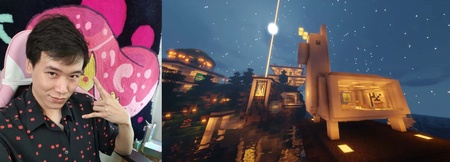
Shimabuku, who also designs paper toys named by him as Llamicornios, created in this cultural center several galleries, a virtual library and even a museum of Amazonian art. “The objective was to do cultural management in what they now call the metaverse using my favorite video game. What caught my attention the most is the number of people who came to the inauguration, since I did not expect it.” The reaction of the press was another notable issue, especially at a time when the pandemic had Peru in a quarantine with few cultural spaces.
“Video games have always been present in my life,” says Kioshi, who remembers that as a child he played with a Game Boy. “I have seen this technology evolve, from pixel art to today's ray tracing.” For this creator of worlds, in real life there is increasing awareness of the anthropological role that they can contribute in different social spheres. “It's a generational issue,” he adds. “The pandemic greatly affected my work, but it was an opportunity to create new experiences and ways of making art.”
Nikkei art
Kioshi participated in the 1st Nikkei Young Art Salon in 2017, an ideal space for a creator who has always expressed interest in the cultures of his ancestors, including China. “As a Peruvian, Nikkei, artist and designer, I am committed to disseminating Peruvian and Japanese culture, knowledge, customs and traditions through my creative processes. That is why my work is responsible for creating a modern and ancestral transversal language in all my work, integrating the Andean worldview and Japanese pop aesthetics.”
On that occasion, his work was exhibited in Tokyo, and now with his virtual cultural center he has opened an alternative space, available 24 hours a day, for the dissemination of the work of other contemporary Peruvian and international artists, with live concerts. and public from anywhere in the world. Without a doubt, art can benefit from these digital technologies and, to the extent that the public responds to these initiatives, there will be more news to tell in blogs and journalistic media, and more creators making news with their innovations.
© 2022 Javier García Wong-Kit


